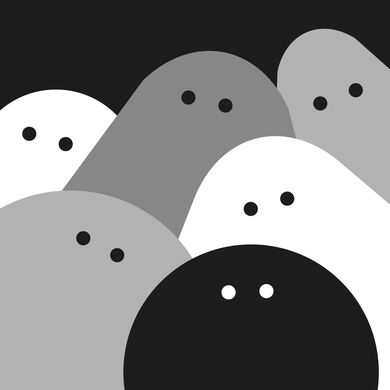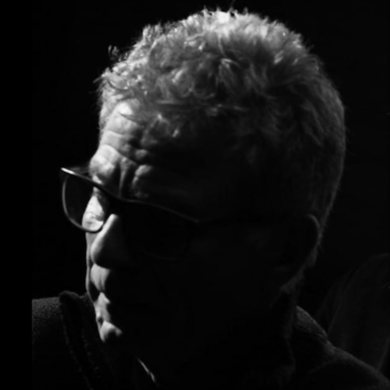Artificial Botany II is the second in a collection of three works which make up fuse*'s Artificial Botany collection.
Before the invention of photography, botanical illustration was the only way to visually record the many species of plants on the planet. Today scientific documents and books are full of detailed photographs that allow you to discover the fascinating forms of flora but before these technological discoveries, artists and illustrators were the ones responsible for spreading the beauty of botany in the world. Botanical illustration was a job that required great artistic skills, attention to the smallest details and tremendous horticultural culture.
The illustrations were used by physicists, pharmacists, botanical scientists for identification, analysis, and classification. While these works are no longer relevant for today's researchers, they have become an inspiration for artists who pay homage to life and nature using contemporary tools and methodologies.
The Artificial Botany collection is part of this context. The collection seeks to explore the latent expressive capacity of botanical illustrations through the use of machine learning algorithms.
Public domain archive images of illustrations by the greatest artists of the genre such as Maria Sibylla Merian, Pierre-Joseph Redoutè, Anne Pratt, Mariann North, and Ernst Haeckel were collected. These illustrations have become the learning material for a particular machine learning system called GAN (Generative Adversarial Network), which through a training phase is able to recreate new artificial images with morphological elements extremely similar to the images of inspiration but with details and features that seem to bring out a real human representation. The machine in this sense re-elaborates the content by creating a new language, capturing the information and artistic qualities of man and nature.
The text underlying each artwork is generated by the exploitation of another neural network algorithm. This type of system is called “image to text translation” and while commonly it’s used to classify images, here it has been tested by asking it to recognize other artificial-generated images frame by frame.
The three pieces in the collection represent different explorations through a latent space of possible botanical illustrations.



